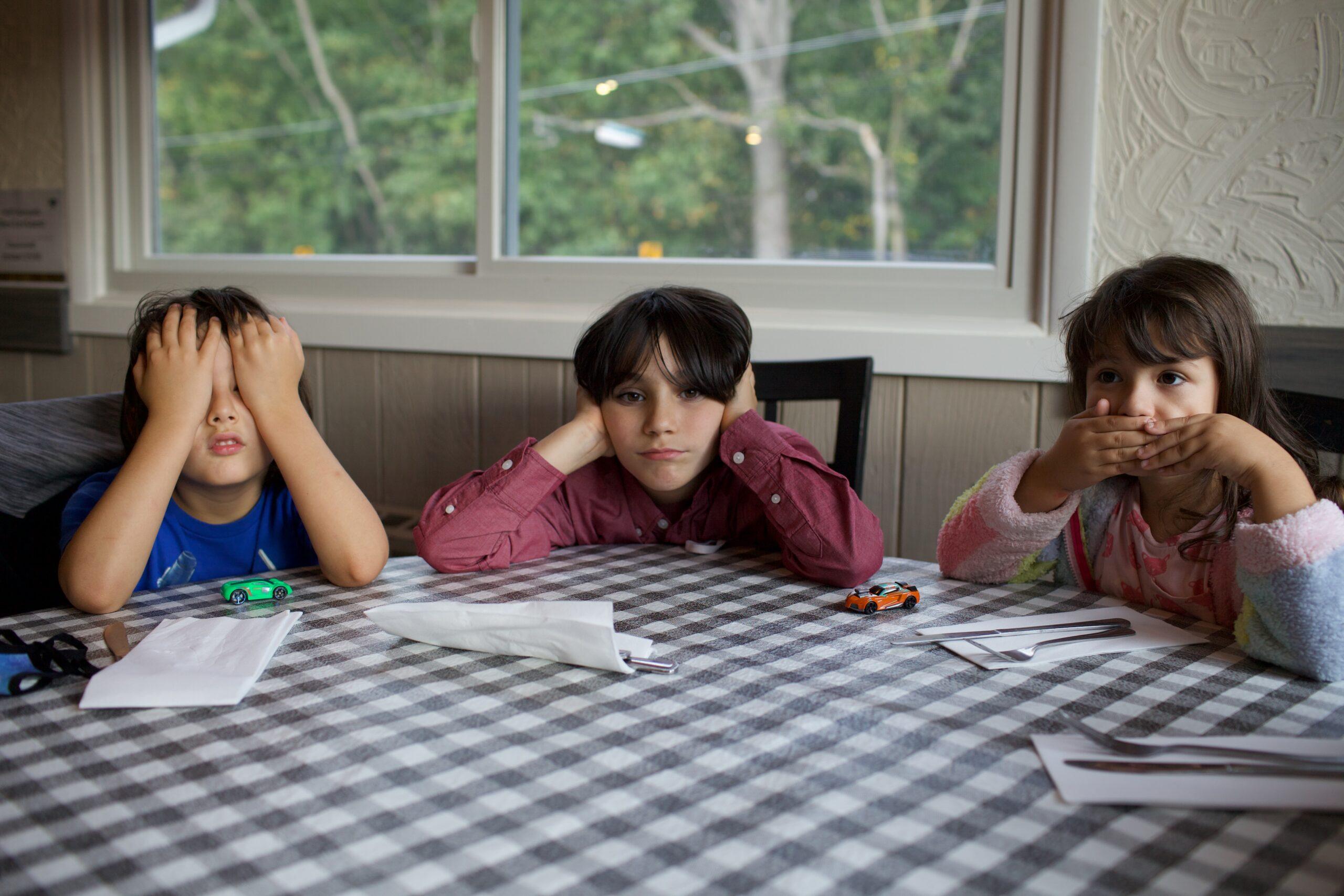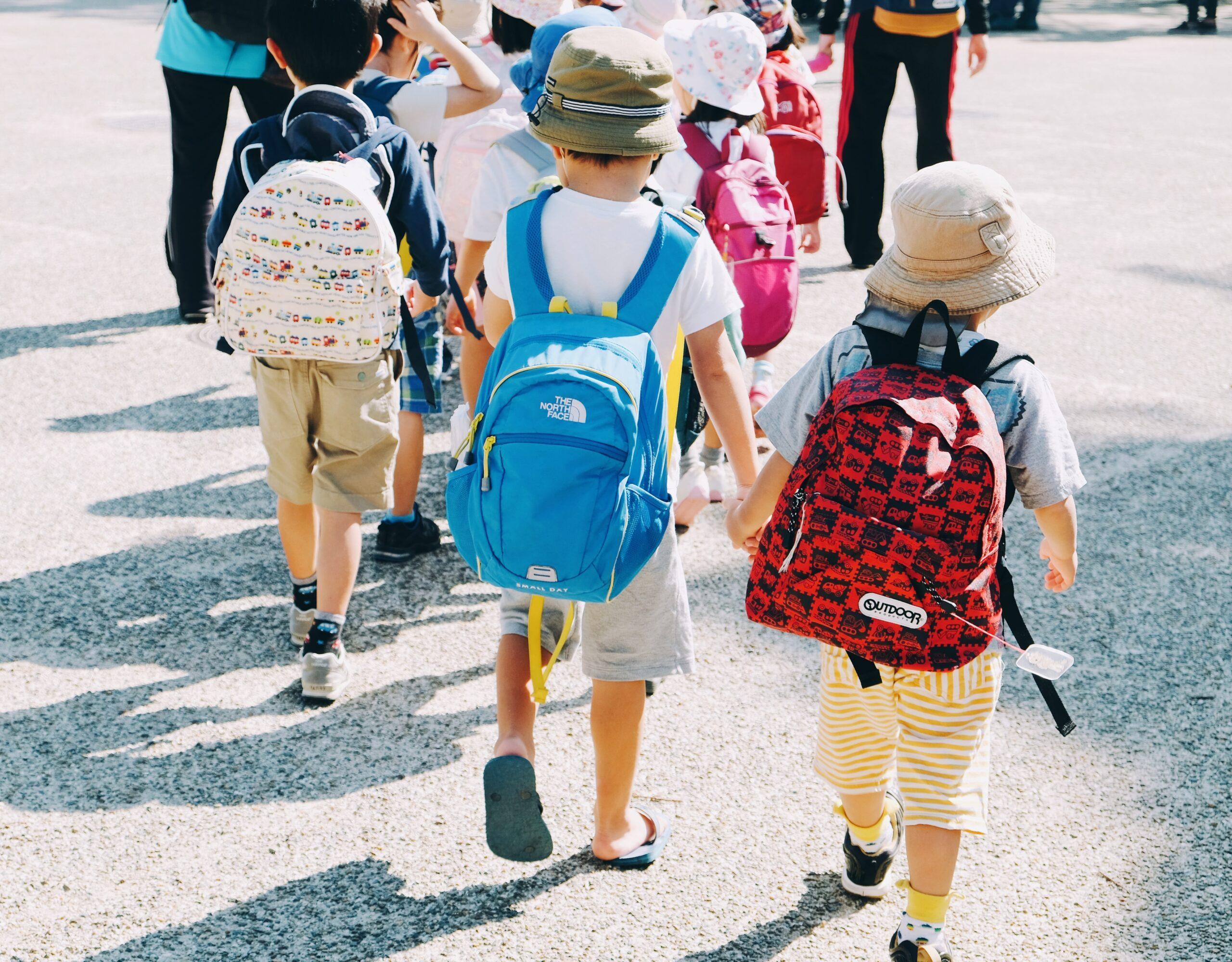Going back to school means children are exposed to a multitude of things – new lessons, new teachers and new friends. However, it can also bring exposure to the dreaded pest that parents fear: head lice.
It’s important to understand head lice is a common condition that impacts 6 to 12 million U.S. children each year. 1 In response to the recent “Facts of Lice” survey, more than half of millennial moms said they have experienced a head lice infestation in their household. 2 The Facts of Lice survey was an online survey of 1,000 millennial moms (ages 18-35) and 350 pediatric health care providers (HCPs), which was conducted by ORC International on behalf of Arbor Pharmaceuticals. 2,3
According to survey results, nearly seventy percent of millennial moms polled who have experienced head lice in their households also reported at least one instance in which they failed to treat it successfully. 2 On top of that, 95 percent of HCPs surveyed said they’ve experienced at least one case in which over-the- counter head lice treatment did not effectively eliminate an infestation. 3
So how can parents tackle head lice head-on?
First: Don’t Panic – Take Action
At the first sight of head lice, parents should stay calm, check everyone in the household and consult their HCP to discuss the best treatment options for their families. In addition to treatment, parents should wash or dry-clean all recently worn clothing, hats, used bedding and personal care items such as combs, brushes and hair clips. 4
Discuss Treatment Options with Your Health Care Provider
While navigating a head lice diagnosis can feel alarming and overwhelming, it is important for parents to remember they are not in this alone. A report showed that some parents may self-treat an infestation up to five times before seeking medical treatment. 5 Now that’s frustrating.
Remember to use your child’s HCP as a partner in their care. HCPs can help confirm a head lice diagnosis and provide effective, fast-working treatment options for families. Additionally, they’re the best resources for advice on evidence-based treatment and the latest guidelines for treatment – including approaches for patients in areas where head lice have shown resistance to over-the- counter medicine. 6
Know Your Head Lice Information
Even when you consult an HCP for help with an infestation, it’s important to do your part to self- educate. Some parents may be surprised to learn many facts about head lice, including:
- Head lice is an equal opportunity condition, leaving most susceptible to an infestation. 1 All racial, ethnic and socioeconomic groups can be affected by head lice. 7
- Head lice prefer clean and healthy hosts and are not a sign of poor hygiene. 1
- Schools are rarely a source for lice transmission. The likelihood of a transmission in school is only one percent, far less than the common cold. 8
If any of this news surprises you, consider taking time to learn more about head lice, how it’s spread and how to prevent or manage an infestation.
Use Your Resources
Know that there are tools to help arm you with the right information or even navigate a bout of head lice. Based on learnings from the survey results, the “Facts of Lice” parent toolkit was created to provide:
- A discussion guide to help you have a productive conversation with your child’s HCP.
- A fact sheet breaking down the need-to- know head lice information for any parent.
- An infographic visualizing the “Facts of Lice” survey results from moms and pediatric HCPs polled.
Download the toolkit at www.FactsofLice.com, where you can find even more resources for self- education, fighting myths, and tackling head lice throughout the school year and all year-round.
References
- Centers for Disease Control and Prevention (CDC). Head lice. Frequently Asked Questions (FAQs). Last updated September 1, 2015.
- Facts of Lice Survey: Millennial Moms. ORC International; 2017.
- Facts of Lice Survey: Pediatricians and Pediatric Nurses. ORC International; 2017.
- Centers for Disease Control and Prevention (CDC). Head lice. Treatment. Last updated August 19, 2016.
- Meinking TL, Serrano L, Hard B, et al. Comparative in vitro pediculicidal efficacy of treatments in a resistant head lice population in the United States. Arch Dermatol. 2002;138:220-224.
- American Academy of Pediatrics (AAP). AAP Updates Treatments for Head Lice. Last updated April 27, 2015.
- Centers for Disease Control and Prevention (CDC). Head lice. Epidemiology & Risk Factors. Last updated September 24, 2013.
- Pontius DJ. Demystifying Pediculosis: School Nurses Taking the Lead. Continuing Nursing Education. 2014;40(5):226- 235.




